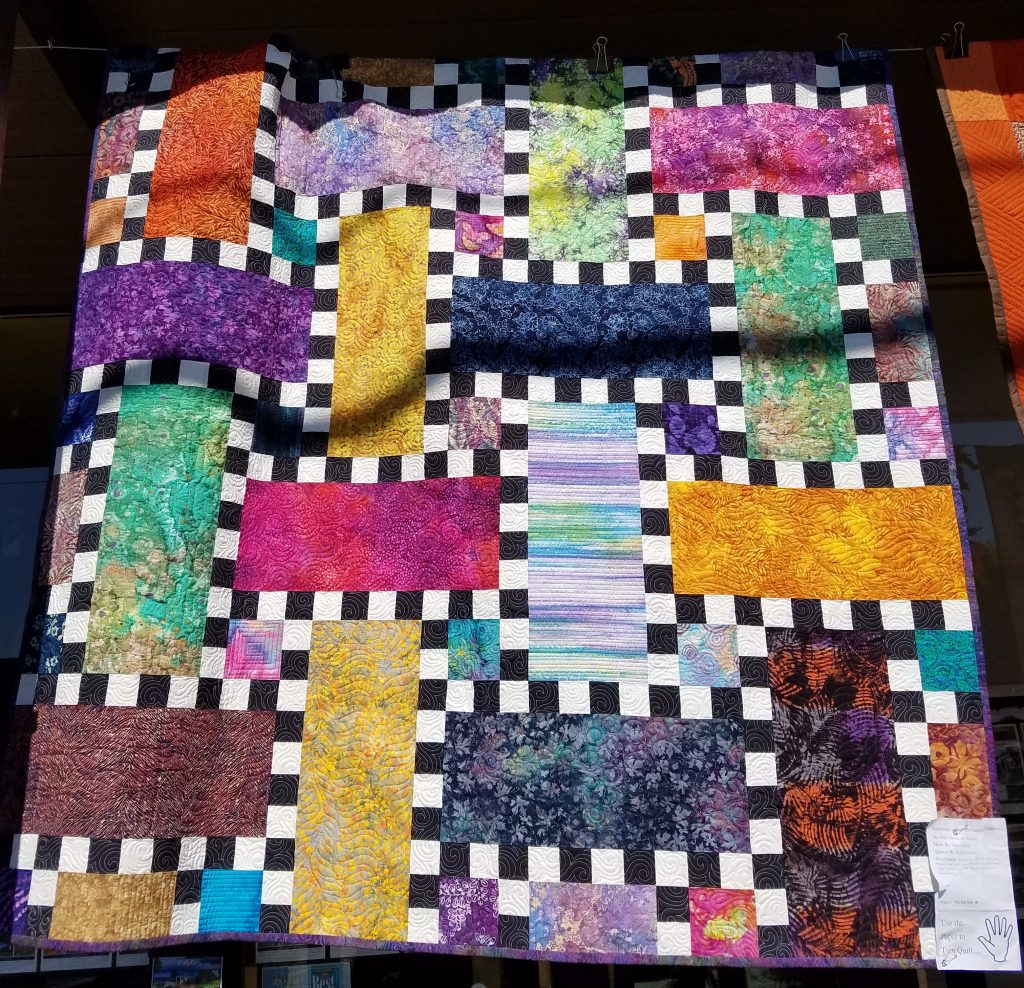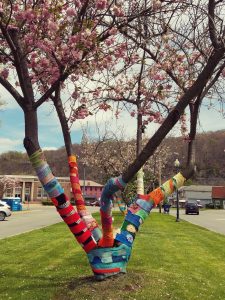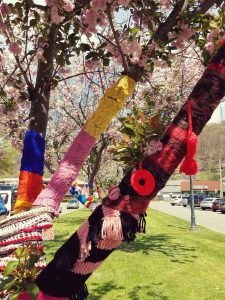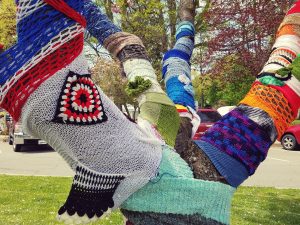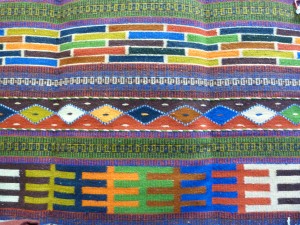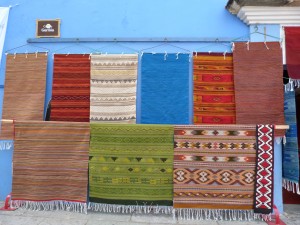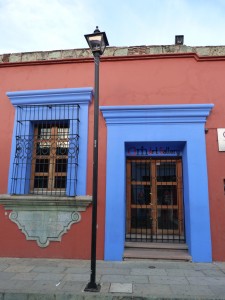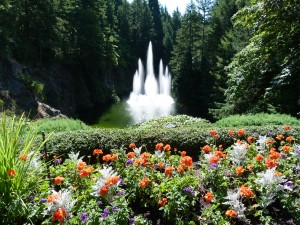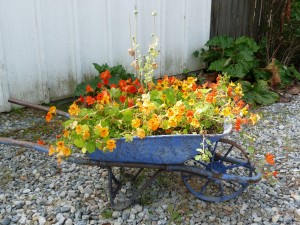I’m excited to be one of the 15 artists featured in the current group exhibition, “Thought Patterns”, at the Bainbridge Island Museum of Art (BIMA). “Thought Patterns” is a group exhibition featuring artists working in diverse media. The common thread is how these regional artists construct their ideas in patterned and repetitive ways. The show includes more traditional forms of fiber art (textiles, quilts and baskets) and expands on the notion of “woven constructions” – combining diverse ideas and materials through drawing, painting, artist’s books, metalsmithing, woodworking, construction, digital prints, and video. Whether tightly loomed or more loosely arranged, each artist weaves their own personal narrative.

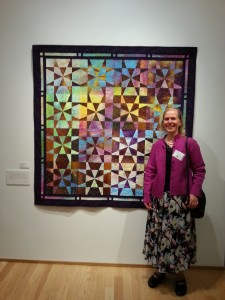
The show opened in mid-October with a patrons preview party attended by 390 people and the next day an afternoon for meeting the artists and an evening party for guests of the artists. About 35 of my friends came to the evening party and we had a wonderful celebration. I’m thrilled to have four of my quilts in this exhibit and to see them hung in a museum setting in combination with the amazing work of the other artists. I really enjoyed meeting some of the other artists and was surprised how similar we are in drawing inspiration from naturally occurring and man-made patterns. Here is a sampling of their artistic works.


I loved these colorful quilt-like pieces by Julie Haack made from latex paint on salvaged wood. The box is open at the far end and is actually entitled, Quilt Cave. Julie writes, “This is what happens: the geometric patterns distort and invade neighboring planes, the tidy constraints of static rectangles become convex curving forms suggestive of movement. The academic rules that dictate which materials are acceptable in conventional art-making practices are disregarded, instead of canvas, small pieces of wood are assembled in a mosaic and presented formally as a highly crafted object balancing between painting and sculpture.”


Artist Aaron Levine, makes incredible tessellated patterns from hundreds of tiny sixteenth of an inch thick tiles of wood. These are displayed as table tops. The one on the left is entitled I AM the Center. My picture doesn’t do this beautiful table justice. The I is in the center and is then tessellated into gradually changing patterns that are different on each of the four sides of the table. The right picture shows the detail from another table. These are mind blowing.


These exquisite, delicate works are made by Aaron McKnight using tiny pieces of birch bark, papyrus, and acrylic paint and sealant. Aaron uses scissors to cut the patterns of dots from the bark. Without any magnification, (he’s young and has good eye-sight), he creates these beautiful sculptures with wonderful radiant symmetry and detail.


Waterfall, by June Sekiguchi is made from enameled scroll cut engineered wood. This piece is about eight feet tall. The elements are layered and placed on a rod at the top. The order may be reconfigured each time the piece is installed. June is inspired by natural and anthropological sources. She explores by processing, deconstructing, and re-structuring a form and focusing on metaphorical rather than literal interpretation of the source material. The woven piece, from wool and linen, looks very quilt-like to me and I love the bands of gradually changing colors. Suzanne Hubbard wove this and named it Transcendence.
I was delighted how the work of all these artists and others not shown here were displayed in a coherent and attractive exhibit based on repeating elements and patterns. I feel honored to have my work as a part of this. The exhibit runs until mid-February. Do visit if you can!








